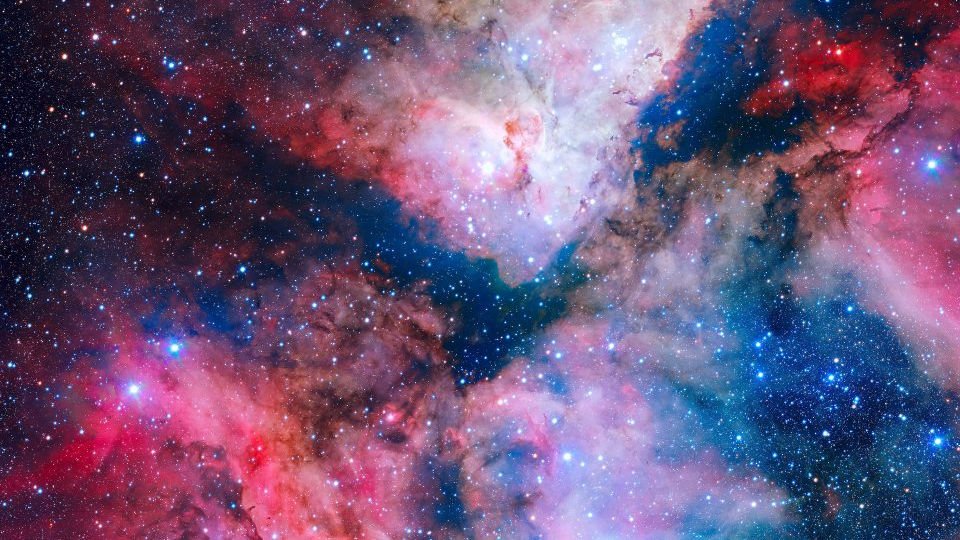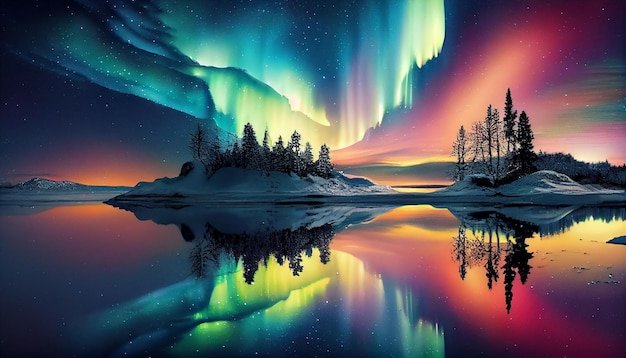Nature’s own light show, the auroras, grace the polar skies with mesmerizing displays of color and movement. These ethereal phenomena, known as the aurora borealis in the Northern Hemisphere and the aurora australis in the Southern Hemisphere, are a result of interactions between charged particles from the sun and the Earth’s magnetic field. Join us as we delve into the captivating world of auroras, exploring their origins, characteristics, and the magic they bring to the polar regions.
The Dance of Charged Particles
1. Solar Wind and Magnetosphere Interaction
Auroras originate from the interaction between the solar wind, a stream of charged particles from the sun, and the Earth’s magnetosphere—a protective magnetic field surrounding our planet.
2. Excitation of Atmospheric Gases
As solar wind particles collide with atmospheric gases, such as oxygen and nitrogen, in the Earth’s upper atmosphere, they transfer energy to these gases, causing them to emit light.
The Colors of the Aurora
1. Oxygen and Nitrogen Contributions
The specific colors of an aurora depend on the type of gas involved and the altitude of the interaction. Oxygen at higher altitudes can produce red and green hues, while nitrogen contributes to purples, pinks, and blues.
2. Aurora Variability
The ever-changing colors and patterns of auroras add to their mystique. Different atmospheric conditions and the type of solar wind particles influence the appearance of these celestial displays.
Geographic Presence
1. Aurora Borealis (Northern Lights)
The aurora borealis graces the night skies near the North Pole, with prime viewing locations including Scandinavia, Canada, Alaska, and Russia.
2. Aurora Australis (Southern Lights)
The aurora australis illuminates the skies around the South Pole, captivating observers in regions such as Antarctica, Australia, New Zealand, and southern parts of South America.
Solar Activity and Auroras
1. Solar Maximum and Minimum
The intensity and frequency of auroras correlate with the solar cycle. Solar maximum, the period of heightened solar activity, often results in more vibrant and frequent auroras.
2. Space Weather Predictions
Scientists and space agencies monitor solar activity to predict auroras, providing enthusiasts with opportunities to witness these celestial spectacles.
Chasing the Aurora
1. Aurora Tourism
The allure of auroras draws travelers to polar regions, where dedicated tours and accommodations offer optimal viewing opportunities during peak aurora seasons.
2. Tips for Observing Auroras
Patience and darkness adaptation are essential for aurora watching. Clear, dark skies away from light pollution enhance the chances of experiencing the full brilliance of the displays.
Cultural Significance
1. Mythology and Folklore
Throughout history, auroras have inspired myths and folklore. In many cultures, they are considered mystical phenomena, believed to be spirits, gods, or ancestors manifesting in the night sky.
2. Indigenous Perspectives
Indigenous peoples in polar regions often have rich cultural narratives associated with the auroras, reflecting a deep connection to the natural world and celestial events.

Scientific Research and Exploration
1. Magnetospheric Studies
Auroras serve as natural laboratories for studying Earth’s magnetosphere. Scientific instruments and satellites are employed to gather data during auroral events.
2. Auroras on Other Planets
Similar phenomena occur on other planets with magnetic fields, offering insights into the magnetospheric processes of celestial bodies beyond Earth.
Capturing the Magic: Aurora Photography
1. Camera Settings
Photographing auroras requires adjusting camera settings for low-light conditions. A sturdy tripod, wide aperture, and a high ISO setting are essential for capturing the vibrant colors and dynamic movements.
2. Time-Lapse Photography
Time-lapse techniques enable photographers to capture the fluid motion of auroras, creating stunning visual narratives of these celestial dances.
Aurora Forecasting Apps and Websites
1. Space Weather Monitoring
A variety of apps and websites provide real-time aurora forecasts based on solar activity and magnetospheric conditions, aiding enthusiasts in planning aurora-chasing adventures.
2. Citizen Science Contributions
Enthusiasts can contribute to aurora research by participating in citizen science projects that involve reporting aurora sightings and observations.
Conclusion
Auroras, with their breathtaking colors and graceful movements, stand as one of nature’s most captivating displays. From the ancient myths woven around them to the cutting-edge scientific insights they offer, auroras bridge the realms of art, culture, and astronomy. Whether witnessed in person under the polar skies or admired through the lens of a camera, auroras continue to inspire awe and wonder, inviting us to gaze upward and marvel at the cosmic dance of charged particles painting the night with celestial light.

